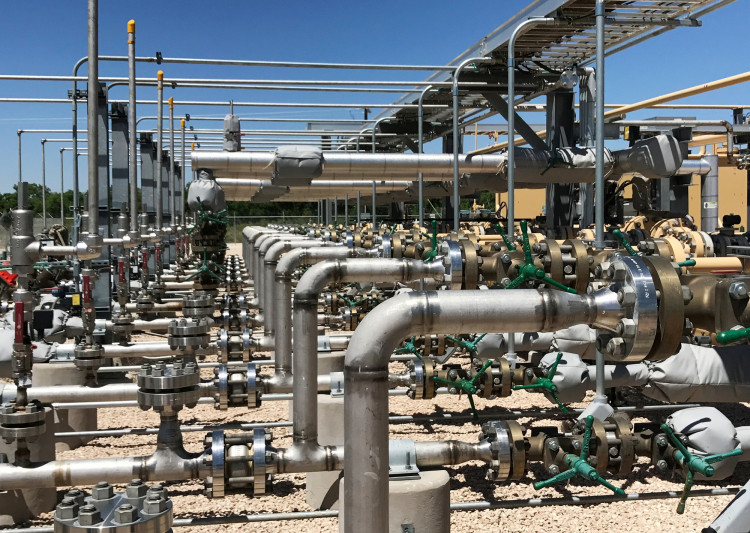On Monday, executives from major U.S. energy giants, including Western Oil, Chevron, and Continental Resources, voiced their concerns. Despite oil prices nearing $100, many companies have chosen not to increase production, citing inconsistent U.S. energy policies that hinder oil production. Some industry leaders echoed JPMorgan's recent prediction of a supercycle with oil prices reaching $150, stating that if the U.S. government remains inactive, prices could surge to that level.
Western Oil: No Production Boost Despite Prices Nearing $100
Even as oil prices breach the $90 mark and approach $100, Western Oil, a company heavily invested in by Warren Buffett, has stated its intention to maintain stable oil production levels.
Vicki Hollub, CEO of Western Oil, stated on Monday that the company wouldn't significantly increase oil production in an unbalanced market. They would only consider ramping up when they see a balanced market, and even then, the increase would be moderate.
Hollub pointed out that oil producers have learned from past mistakes and will be cautious, not flooding the market with crude just because prices are rising. She emphasized the need for discipline and ensuring that the market doesn't face an oversupply.
Furthermore, Hollub mentioned that she hasn't seen evidence of demand destruction. Even if oil prices do surpass $100 per barrel, she doesn't anticipate prices staying that high long enough to hurt demand. On the flip side, she expects that even if there's an economic downturn, the decline in demand won't be significant, preventing a sharp drop in oil prices.
Chevron: U.S. Energy Policies Hamper Oil Production
On the same day, Chevron's CEO, Mike Wirth, commented on the inconsistency of U.S. energy policies, stating that they have been a barrier to oil production. He noted that while production levels have returned to record highs, with better policies, they could surpass these levels.
Wirth believes that energy policies should strike a balance between environmental concerns and affordability and reliability, maintaining consistency. He emphasized the need for more coherent, predictable, and enduring policies to support the largest sector of the economy and maintain global competitiveness.
Continental Resources: No Plans to Boost Production; Prices Could Hit $150 if Government Doesn't Act
Billionaire Harold Hamm warned on Monday that if the U.S. government remains inactive and doesn't take more measures to encourage exploration, oil prices could soar to $150 per barrel. Hamm controls Continental Resources, the largest shale producer in North Dakota's Bakken basin, the second-largest shale oil region in the U.S.
Hamm called for an end to the "roller-coaster" fluctuations in U.S. energy policy, pointing out that the back-and-forth shifts in policy have led to rising costs under different government leaderships.
Doug Lawler, CEO of Continental Resources, echoed Hamm's sentiments. He indicated that oil production in the Permian Basin will eventually peak, just like in shale regions like North Dakota's Bakken and Texas's Eagle Ford. Without new production, prices could see a range of $120-$150. "This will shock the entire system. Without policies encouraging new drilling, we'll see even greater pressure on oil prices."
Lawler stated that even if oil prices break the $100 threshold, Continental Resources has no plans for a significant production increase. Their investments are cautious and aligned with their cash flow, emphasizing that maximizing production isn't their strategy for creating the most value. This stance is similar to the message conveyed by Western Oil.
JPMorgan Touts Return of Oil "Supercycle"
Recently, JPMorgan heralded the return of the oil "supercycle," predicting prices could skyrocket to $150 and foreseeing multiple energy crises over the next decade. In the short to medium term, oil prices might rise to $150 per barrel, a roughly 60% increase from current Brent crude prices. By 2030, they anticipate a global oil shortfall of 7.1 million barrels per day.
JPMorgan has had a fairly accurate track record in predicting the oil market. They were bearish on oil prices from 2013-2019, introduced a "supercycle" series of reports in 2020, and have been in a wait-and-see mode since the beginning of this year.






